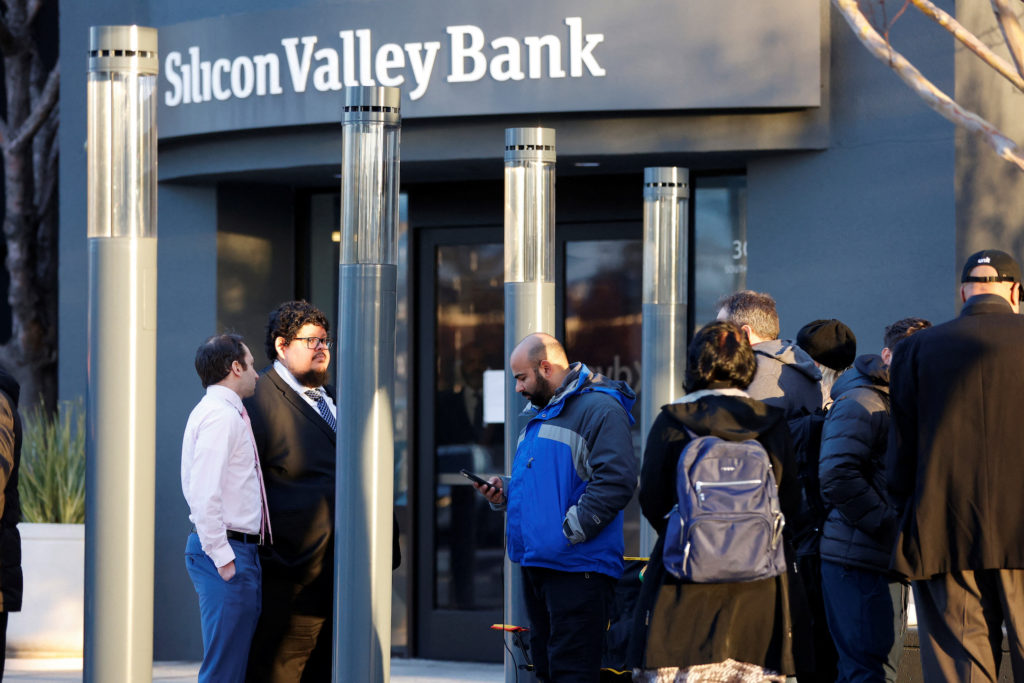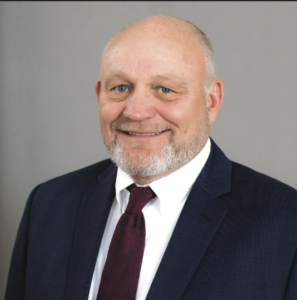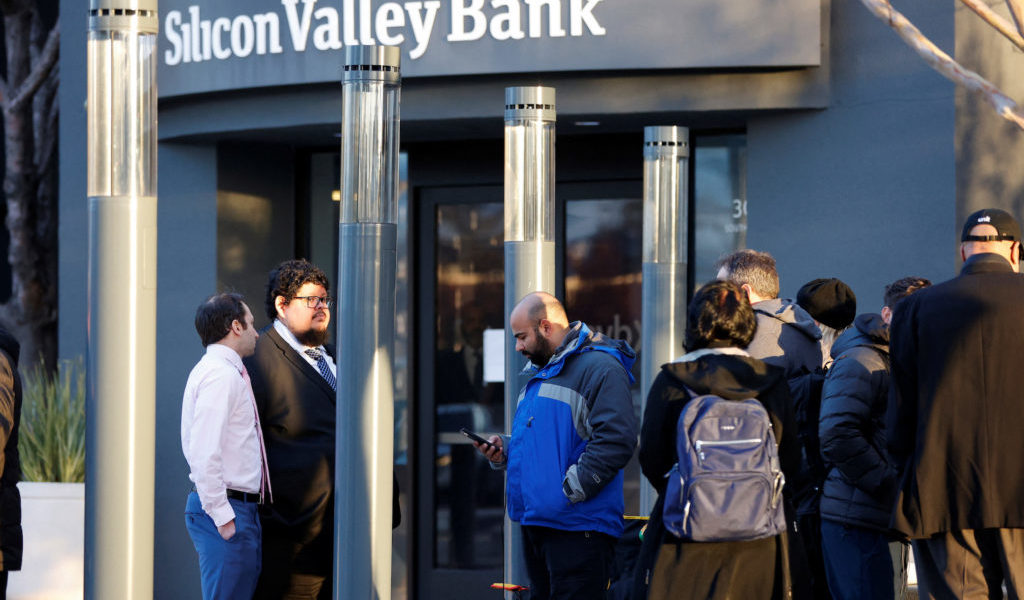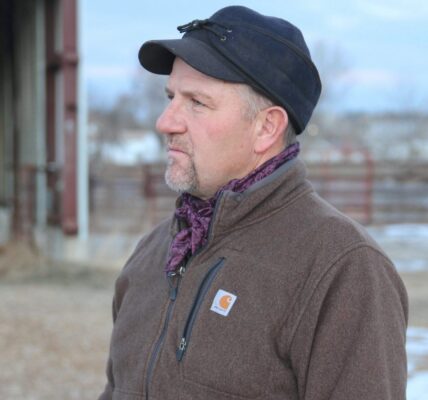
Bank of Star Valley President Rod Jensen says traditional banking is still in a good place despite the news of closures of other banks in the United States.

He says he has been in the industry for 40 years and he has seen a lot, but this one is a lot different than issues seen in 2008. He says the country went through a period of low interest rates induced by the COVID response.
“Basically, the federal government printed about $5 trillion,” Jensen said. “Fed assets went from about $4 trillion to $9 trillion. That’s new money printed that was thrown into the market in a period of one to two years.”
He says as we moved out of COVID all the money and the public chasing limited goods along with the war in Ukraine, we saw inflation.
“Remember (Fed Chairman Jerome) Powell saying inflation was transitory,” Jensen said. “None of us believed that and we found out inflation is real. In fact, it spiked very high.”
He says the Federal Reserve pivoted very quickly so they could be accommodating with the lingering worry of COVID-19.
“They literally did a 180,” Jensen said. “That’s the way I’d say it.”
He says they were heading down the path of easy money and quickly transitioned in May 2022 to tightening money. He says the fed has raised interest rates from basically zero to five percent in the last 11 months.
“I’ve never seen that happen before,” Jensen said. “And I know of no other period in U.S. history where that’s happened. This is the fastest rate increase in a short time to stop inflation.”
He also says they stopped buying bonds, which is a method of money creation, and the money supply has actually been restricted by six percent. The president says all this new money then flows into the banks. From there, some of them grew very quickly, like Silicon Valley Bank in California. He says that institution grew 300 times in about two years.
“What do you do with all that money?” Jensen said. “You invest it in securities like U.S. government treasuries, bonds, bank rated agencies. These are good things. These are A-rated, the best investments.”
He says the issue with Silicon Valley is they invested “way out on the rate curve”. He gave an example of purchasing an agency for $1 million, but when rates go up swiftly as they did, you can’t sell that investment for the same worth.
You must sell it for $800,000-$900,000.
“There is a mark to market loss in that,” Jensen said.
He says when you restrict the money supply as quickly and as high as the Fed did, then you are going to find consumers who want their money back.
“Yet this money is invested way out on the rate curve,” Jensen said. “And they can’t take the $1 million and just give it to you because there’s a loss involved. And that’s what has created this situation.”
He says one factor that must now be factored in with all of this is social media.
“So, banking for the first time met the Twitter- verse,” Jensen said.
He says one Tuesday Silicon Valley sold some securities at a loss. He says he doesn’t know if this started the run on the bank or if it was Peter Thiel, a venture capitalist in California. The Bank of Star Valley President says he tweeted out he believed Silicon Valley was in trouble and that people should get their money out. The clientele that bank served was mostly venture capitalists.
“So, I don’t know if it was the sell of securities,” Jensen said. “Or it was the tweet. But honestly, with technology, $42 billion left Silicon Valley by its customers in less than 24 hours.”
He says they also did not bank a lot of people, but handled a lot of money. He also says 90 percent of the deposits were not FDIC insured. That means per individual they were over $250,000.
“The people panicked,” Jensen said. “They pulled their money.”
He says it is not so much whether you’re a big or small bank either. This is where he says there is traditional banking versus “niche banking”. The traditional banks serve many people.
“We’re the exact opposite of (niche banking),” Jensen said. “At my bank, almost 90 percent of the deposits are FDIC insured.”
He acknowledges as the securities purchased by banks go awry, it only becomes concerning when there is a run on the bank. He says in the regulatory world there is risk analysis and interest rate sensitivity.
“We have contingent plans to come up with liquidity,” Jensen said. “All normal banks have them.
“Banking is safe, sound, and it’s just fine as long as everybody doesn’t go nuts and say ‘Hey I want to take all my money home and put it in a mattress’. Nothing survives that environment.”
He says this presents a good opportunity for members to sit down and “look at their deposit base”. Make sure you are FDIC insured.
“Us banks pay for FDIC,” Jensen said. “The federal government doesn’t pay for it. We pay premiums into the pool and pay them every year based upon our risk rating. We fund the pool. So, use the pool.”
He says a husband and a wife with a trust could insure your deposits into the $1-2 million range. You can get set up at a bank or you can go to the FDIC Calculator (https://edie.fdic.gov/calculator.html). The Bank of Star Valley president says you can structure to make sure you’re fully insured.
He says due to this he has no worries about the future of local banks in Star Valley. Places like Bank of Jackson Hole, Zions Bank, Wells Fargo, Glacier First Bank, and Bank of Star Valley are traditional banks he is not worried about. He also says all the financials are strong and sound.
He also says the Federal Reserve is there to help in a liquidity crisis. With that, being insured, and stable management the community can feel confident.





